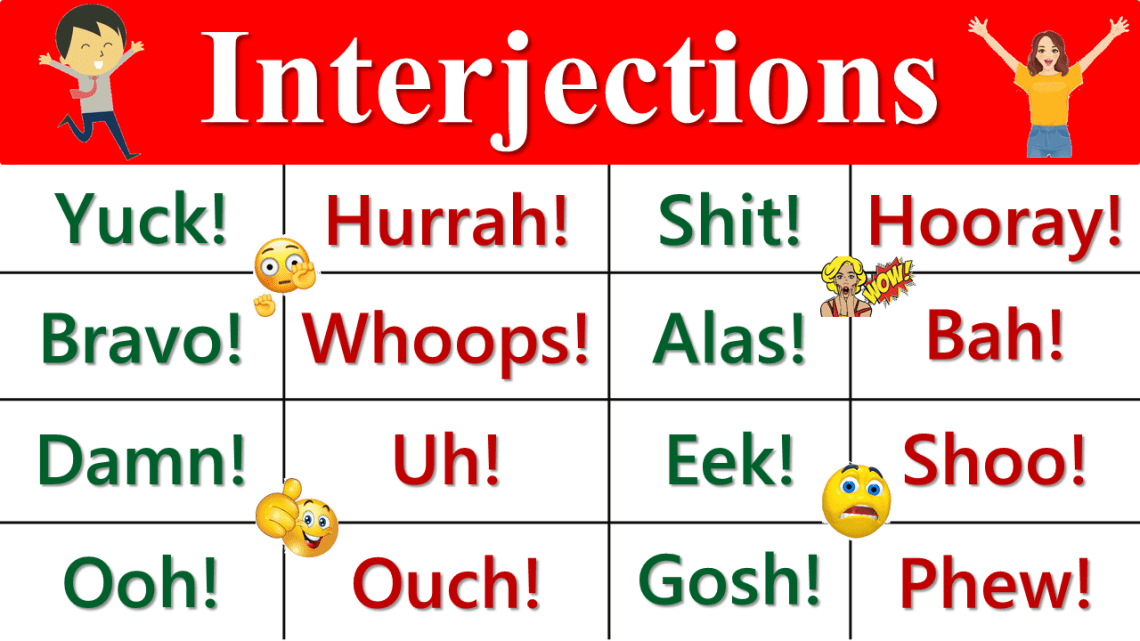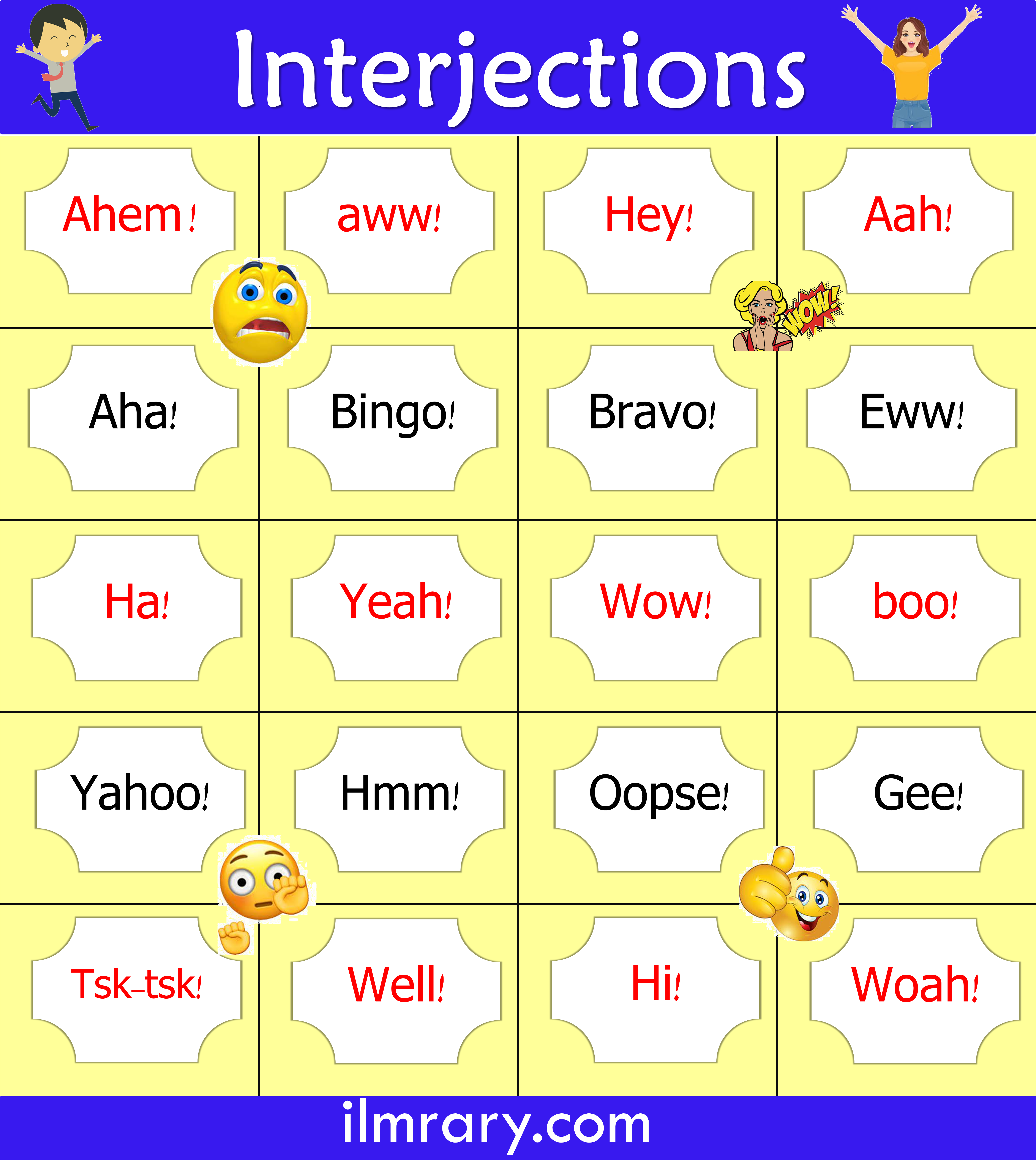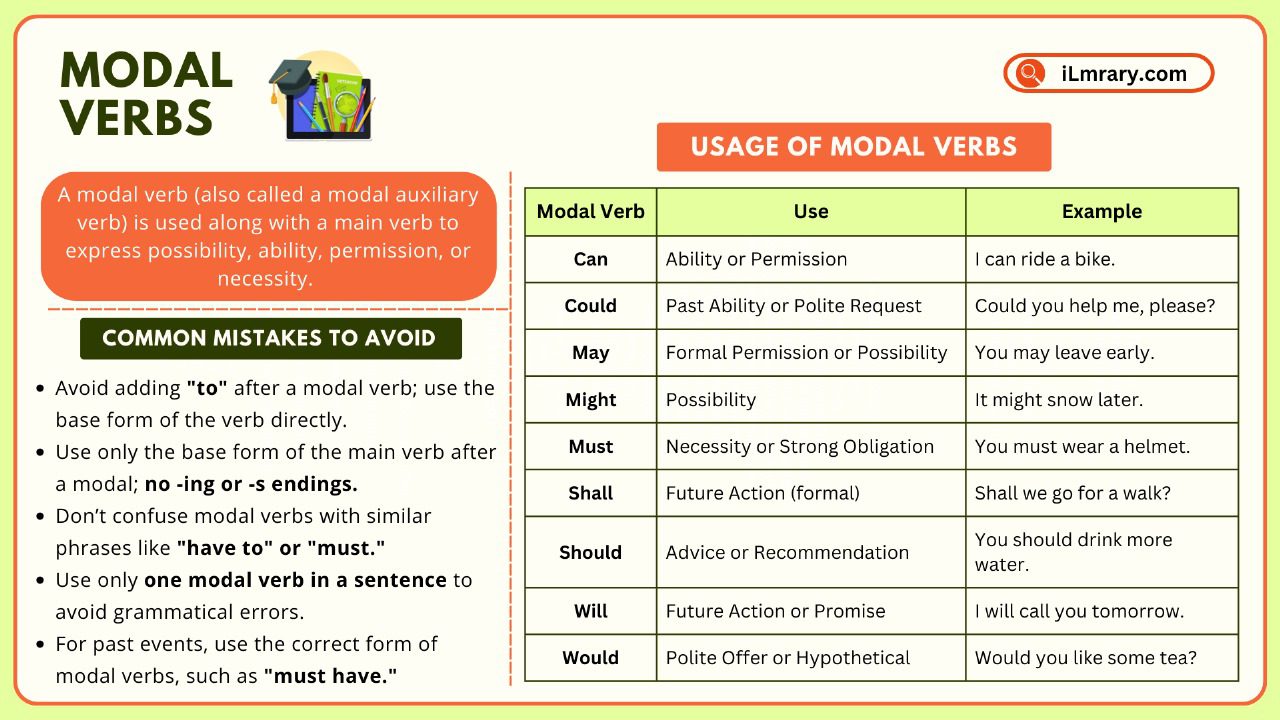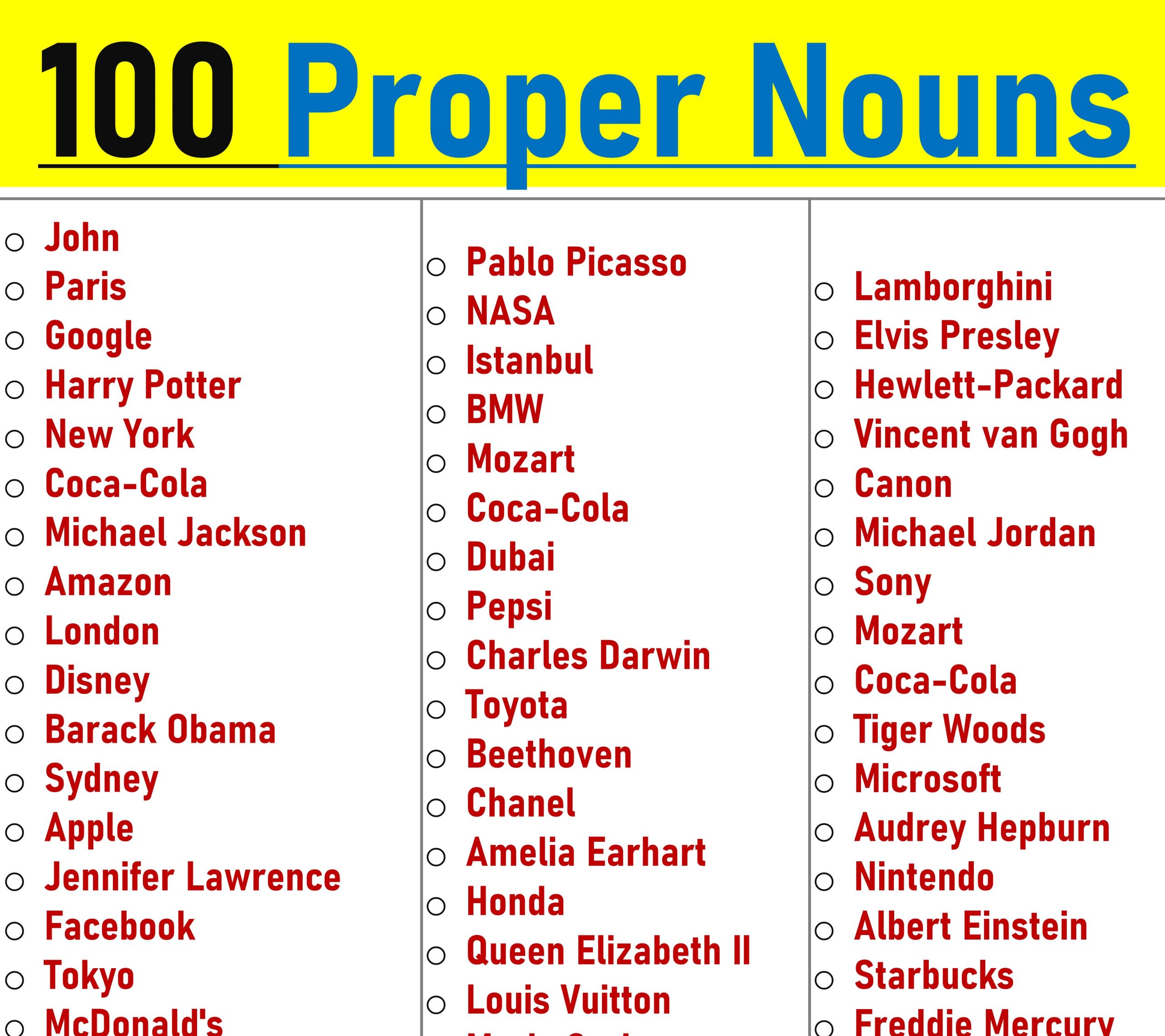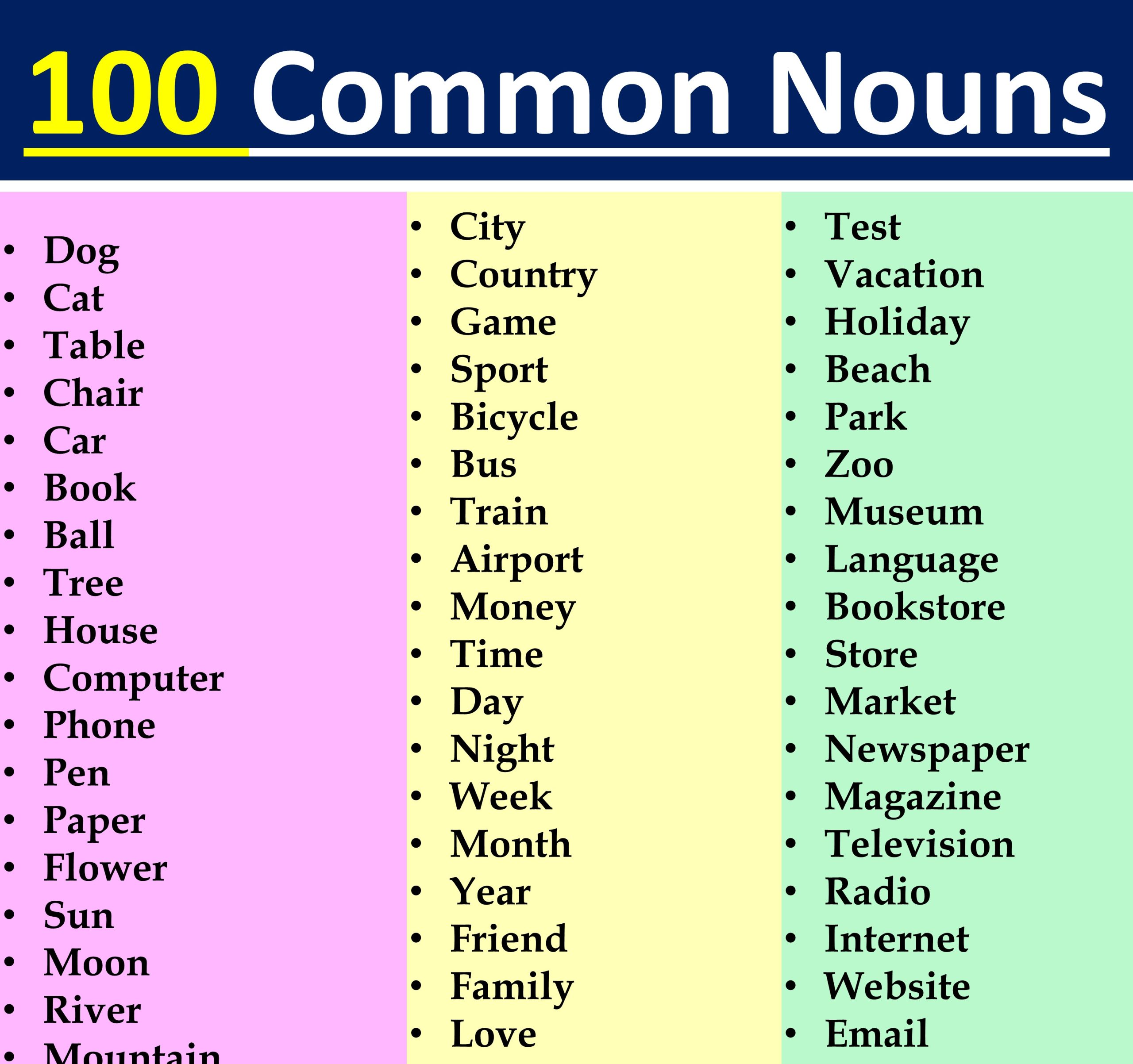Interjections are words used to express strong emotions, reactions, or feelings in a sentence. They are commonly used in casual conversation, social media, or in messages, though they are not often seen in formal writing. Interjections are a fun and expressive part of language, allowing us to quickly convey our emotions without the need for full sentences.
In this article, we will discuss the different types of interjections, explain their use with examples, and help you understand how to incorporate them into your English conversations.
Contents
What Are Interjections?
An interjection is a word or phrase that expresses a sudden or spontaneous feeling. These feelings can range from surprise, happiness, or sorrow, to pain or excitement. Interjections are unique because they stand alone, meaning they are not grammatically tied to the rest of the sentence.
For example:
- Wow! Your house is so beautiful.
In this case, Wow! expresses surprise and admiration for the house.
- Oh no! I missed the bus.
Here, Oh no! expresses disappointment or frustration.
The key feature of interjections is that they do not have a grammatical function in the sentence. They simply help to express emotions or reactions.
Types of Interjections
Interjections can be categorized based on their function, intensity, and the emotions they convey. Let’s dive into the different types of interjections and see how they are used.
1. Primary Interjections
Primary interjections are words that exist only as interjections and do not belong to any other part of speech. These words are often short and used to express strong emotions or reactions.
-
- Ouch! That hurt.
- Oh! I forgot my keys.
- Yum! This food is delicious.
- Wow! That was amazing!
2. Secondary Interjections
Secondary interjections come from nouns, adjectives, or even other parts of speech. These words are often used to express a feeling, but they are not purely interjections by themselves.
-
- Indeed! This is a great idea.
- Goodness! I can’t believe how fast you ran!
- Oh my goodness! That was incredible!
Interjections Based on Intensity
Interjections can also be categorized by the strength of the emotion they express.
1. Mild Interjections
Mild interjections are used to express a mild reaction, such as a small surprise, hesitation, or thoughtfulness.
-
- Well, that’s an interesting idea.
- Hmmm, I’m not sure about that.
- Oh. I see what you mean.
2. Strong Interjections
Strong interjections are used to express more intense emotions, such as excitement, pain, or amazement.
-
- Wow! You did an amazing job!
- Ouch! That was painful!
- Yay! We won the game!
Types of Interjections Based on Emotion
Another way to classify interjections is based on the emotion they express. This helps us understand why certain interjections are used in different situations.
1. Violative Interjections
Violative interjections are used to express commands, wishes, or requests. They are often used to call for action or attention.
-
- Please! Can you help me with this?
- Enough! I can’t take it anymore.
- Stop! You’re making too much noise.
2. Emotive Interjections
Emotive interjections express emotional reactions to unexpected events, often relating to surprise, disgust, or pain.
-
- Eww! That’s disgusting!
- Ugh! I can’t believe this is happening.
- Ouch! I stubbed my toe.
3. Cognitive Interjections
Cognitive interjections occur when someone realizes something, makes a decision, or experiences an “aha” moment.
-
- Well! That makes sense now.
- Bravo! You figured it out!
- Gosh! I hadn’t thought of that.
Common Types of Interjections by Feeling
Interjections can also be classified by the type of feeling they express. This helps us understand how to use them in different emotional contexts.
1. Interjection of Greeting
These are used when greeting someone or acknowledging their presence.
-
- Hi! Ahmed, how are you today?
- Hello! It’s great to see you again.
- Hey! What’s going on?
2. Interjection of Joy
When you’re happy, excited, or celebrating something, joy-filled interjections come into play.
-
- Hooray! We won the game!
- Yay! I finally got the job I wanted.
- Cheers! Here’s to our success.
3. Interjection of Attention
Interjections of attention are used when trying to get someone’s focus or draw their attention.
-
- Look! There’s a rainbow!
- See! I told you this would work.
- Shh! Please be quiet.
4. Interjection of Approval
These are used when you approve of something or someone.
-
- Bravo! Well done on your presentation.
- Good work! You completed the task on time.
- Well done! That was a fantastic effort.
5. Interjection of Surprise
When something surprises you, these interjections are typically used.
-
- What! You got a scholarship?
- Oh! I didn’t expect that.
- No way! That’s unbelievable!
6. Interjection of Sorrow
These interjections are used to express sadness, grief, or regret.
-
- Alas! I missed the chance to go on vacation.
- Oops! I dropped my phone.
- Oh no! I forgot my homework.
Example sentences with Interjection
- Wow, I can’t believe we won the game!
- Oh, I forgot to bring my homework to class.
- Well, I think we should leave now before it gets too late.
- Ah, I see what you’re saying now!
- Hey, do you want to join us for dinner tonight?
- Oops, I accidentally spilled the water on the table.
- Hmm, I’m not sure if I should take this job offer.
- Oh no, it’s raining outside, and I left my umbrella at home.
- Yikes, that was a close call!
- Ugh, this homework is so difficult!
- Wow, that movie was amazing, and I can’t wait to watch it again.
- Well, but I think we should wait until tomorrow to make a decision.
- Ah, so that’s why you didn’t come to the party last night!
- Hmm, do you think we should call for help?
- Oh, if I had known about the meeting earlier, I would’ve attended.
Common Mistakes with Interjection
1. Omitting Punctuation After Interjections
✅ Correct: “Wow, that’s incredible!”
❌ Incorrect: “Wow that’s incredible!”
In the incorrect example, the interjection “Wow” should be followed by a comma or exclamation mark to separate it from the rest of the sentence. The punctuation emphasizes the emotion or reaction.
2. Using Interjections Without Capitalizing the First Letter
✅ Correct: “Ah, I see what you mean now!”
❌ Incorrect: “ah, I see what you mean now!”
In the incorrect example, “ah” should begin with a capital letter because it’s starting the sentence. Interjections should follow standard capitalization rules.
3. Misplacing Interjections Within Sentences
✅ Correct: “Ugh, this is taking too long!”
❌ Incorrect: “This is, ugh, taking too long!”
In the incorrect example, the interjection “ugh” is misplaced in the middle of the sentence, making it sound awkward. It should be at the beginning for clarity and emphasis.
FAQs About Interjections:
1. What is an interjection?
An interjection is a word or phrase used to express a sudden emotion or feeling. It stands alone and is not grammatically connected to the rest of the sentence.
2. Can interjections be used in formal writing?
No, interjections are mostly used in informal contexts like conversations, social media, or personal messages. They are rarely seen in academic writing.
3. What is the difference between primary and secondary interjections?
Primary interjections are words like “wow” or “ouch” that only function as interjections. Secondary interjections, such as “goodness” or “indeed,” are typically nouns or adjectives used as interjections in certain contexts.
4. How do you use interjections in a sentence?
Interjections are usually placed at the beginning of a sentence or stand alone. For example: Wow! That was amazing! or Ouch! I hurt myself.
5. Can interjections express both positive and negative emotions?
Yes, interjections can express both positive emotions (like joy or excitement) and negative emotions (like sadness or frustration), depending on the context and the specific word used.
Conclusion:
Interjections are a powerful tool in expressing emotions, surprise, and reactions quickly. Whether you’re celebrating, expressing pain, or simply greeting someone, interjections help to make your communication more lively and engaging. By understanding the different types of interjections and their appropriate usage, you can enhance your English skills and better convey your emotions in conversation.
You May Also Like


